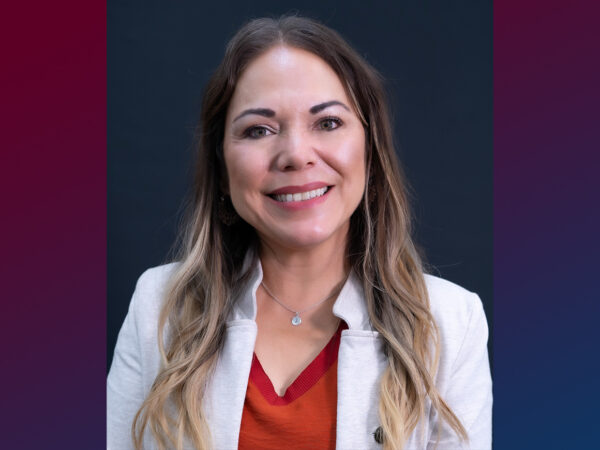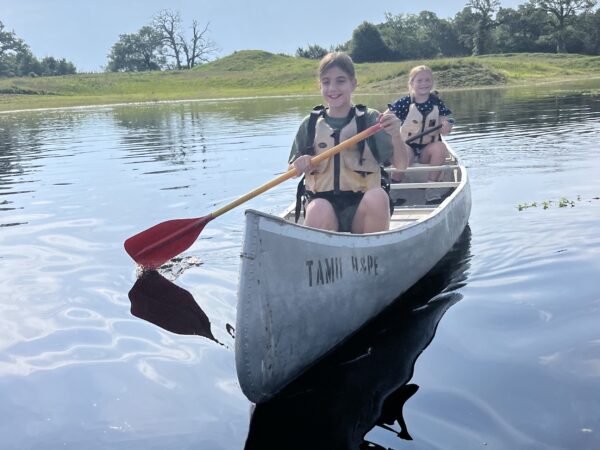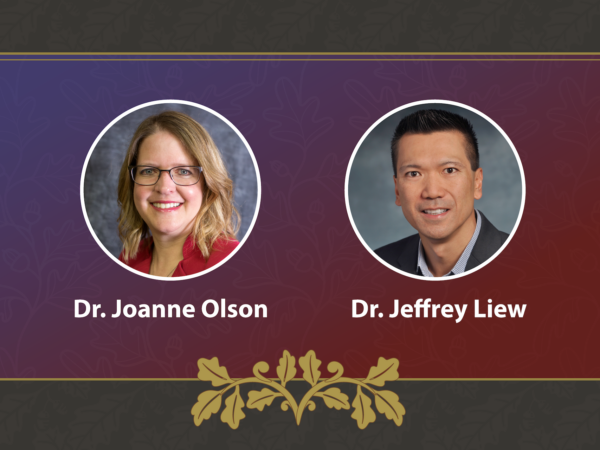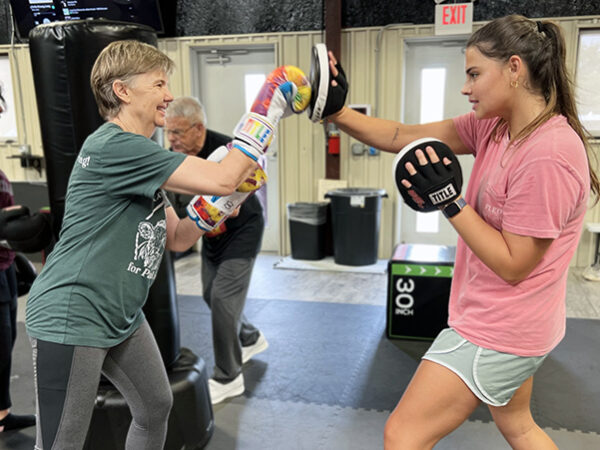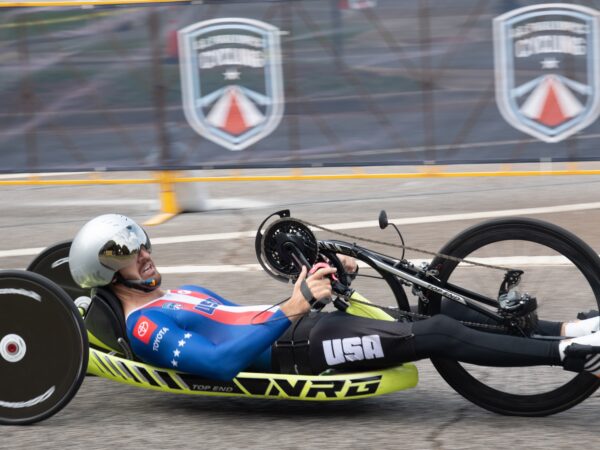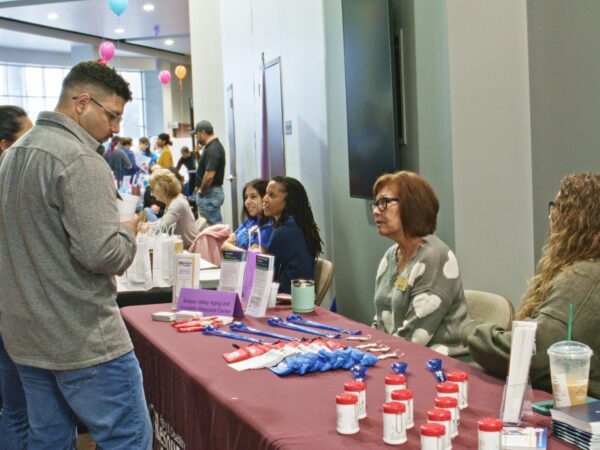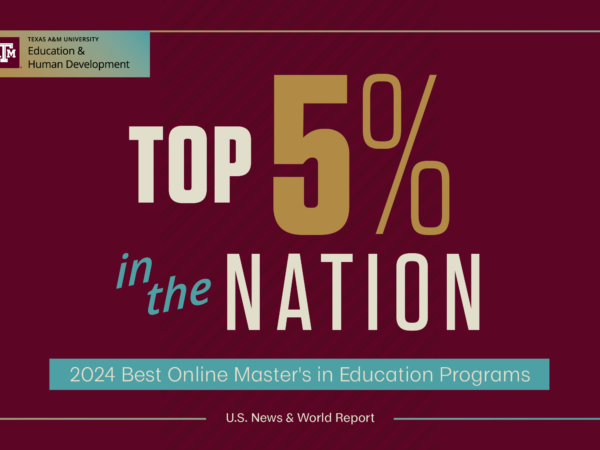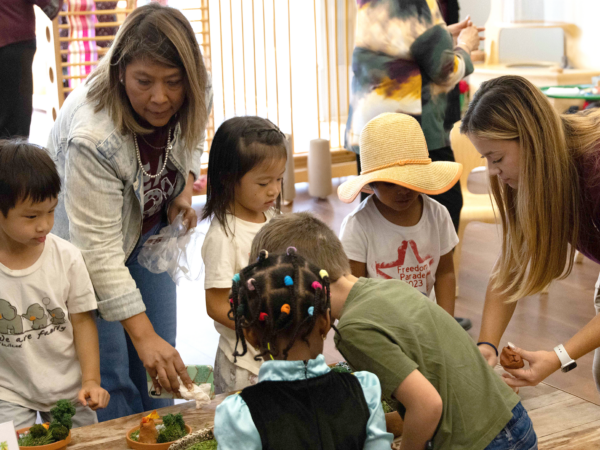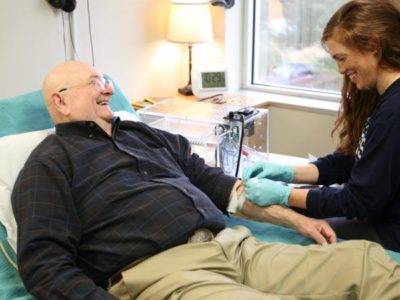Why everyday learning through physical activity is essential for older adults
According to the Population Reference Bureau, the number of older adults in the United States will increase to over 95 million by 2060. As the number of older adults increases, so does the number of people who experience the physical changes associated with the aging process.
When a person enters the stage of older adulthood, they often encounter several life transitions or major health events which can result in serious physical changes.
Elizabeth Roumell, Ph.D., adult learning and identity development scholar in the Department of Educational Administration and Human Resource Development, has conducted research with Dr. Bora Jin (recent Ph.D. graduate from Texas A&M University) which shows that everyday learning through physical activity is essential for older adults dealing with physical health changes.
In her research, Dr. Roumell explains how health-related issues experienced in older adulthood hold a central place in a person’s everyday experience.
“Due to the fact that older adults must adapt and work through their sense of self in relation to these changes, their process of continued identity development through engaging in adult learning presents a new frontier for theorizing identity development,” Dr. Roumell says.
She explains how older adults need to become more attentive to the condition of their health and physical functioning than in their younger years to maintain their quality of life.
Everyday learning later in life is a crucial component to maintaining overall health and identity. Dr. Roumell believes it allows adults to pursue existential learning and contemplate the meaning of life, obtain wisdom-related knowledge that facilitates their reflective thinking, and negotiate with their past, present, and future selves.
Physical Identity
Everyday learning is also essential when it comes to an older adult’s physical identity, which is a major component of developing one’s identity as it relates to autonomy and independence.
To maintain independence at an older age, Dr. Roumell explains that one must work on physical literacy.
“The idea of physical literacy would be that individuals become more knowledgeable about their own body, and the various key factors that impact their overall health, physical fitness, and ability to maintain a satisfactory level of activity and continue living a fulfilling life as they age,” Dr. Roumell says.
Physical literacy is an important part of helping older adults become confident in their physical identity, especially with the physical changes that are occurring.
Learning and gaining knowledge about physical literacy can play a significant role in identity development for older adults, and can help them engage in activities that will enhance their physical well-being and overall health.
Overall, Dr. Roumell explains that the purpose of her study was to shed light on the learning process for older adults and find where developments can be made.
“We need to develop a balanced approach where the person becomes more aware of signs and indicators of aging and change, and learns various strategies to maintain a sense of continuity of self, but also make necessary adjustments to protect one’s body and health,” Dr. Roumell says.
About the Writer
Emily Knight is a writing assistant for the Marketing and Communications office in the College of Education and Human Development. She is a senior in the Agricultural Communications and Journalism program at Texas A&M.
Articles by EmilyFor media inquiries, contact Ruben Hidalgo.


